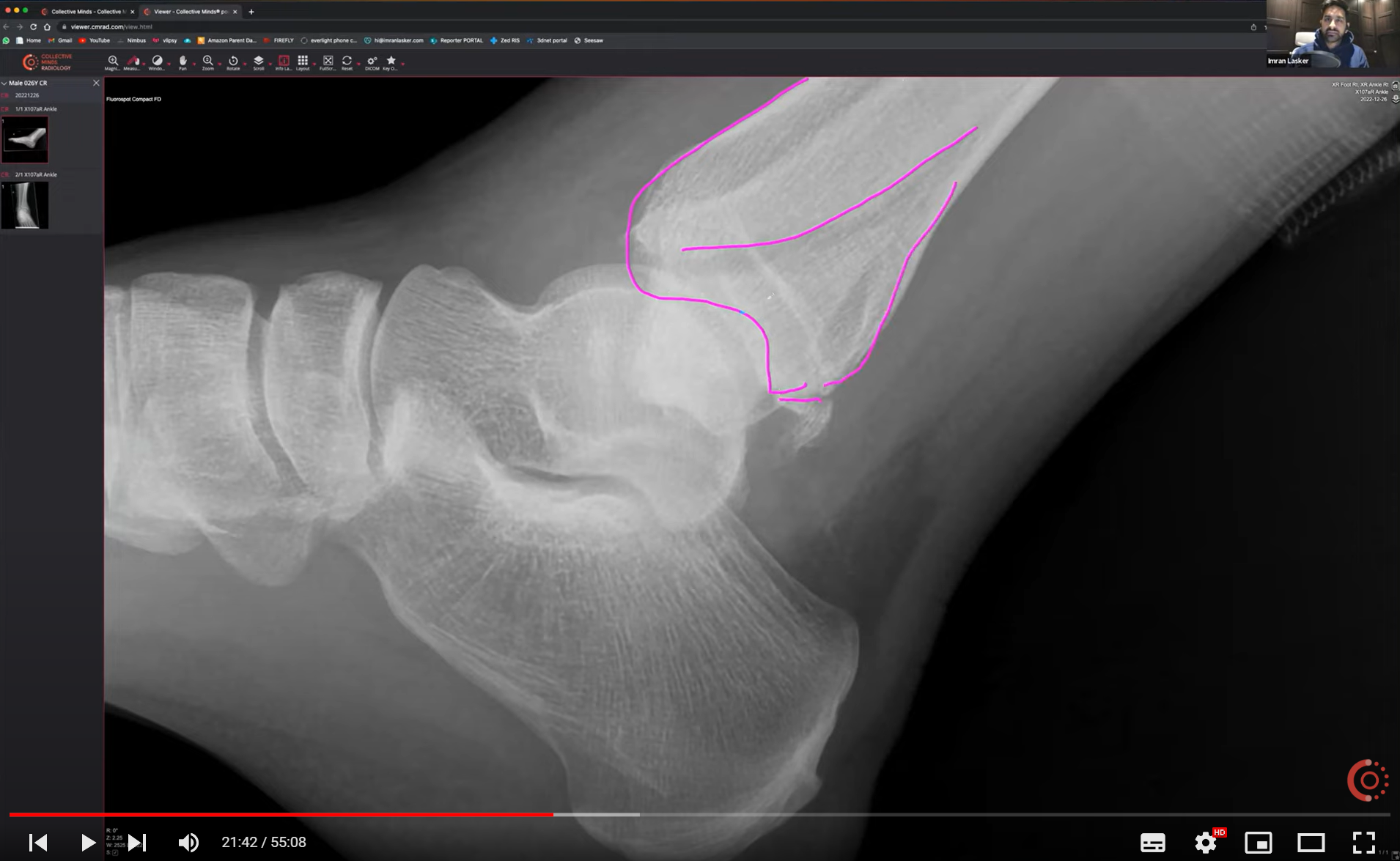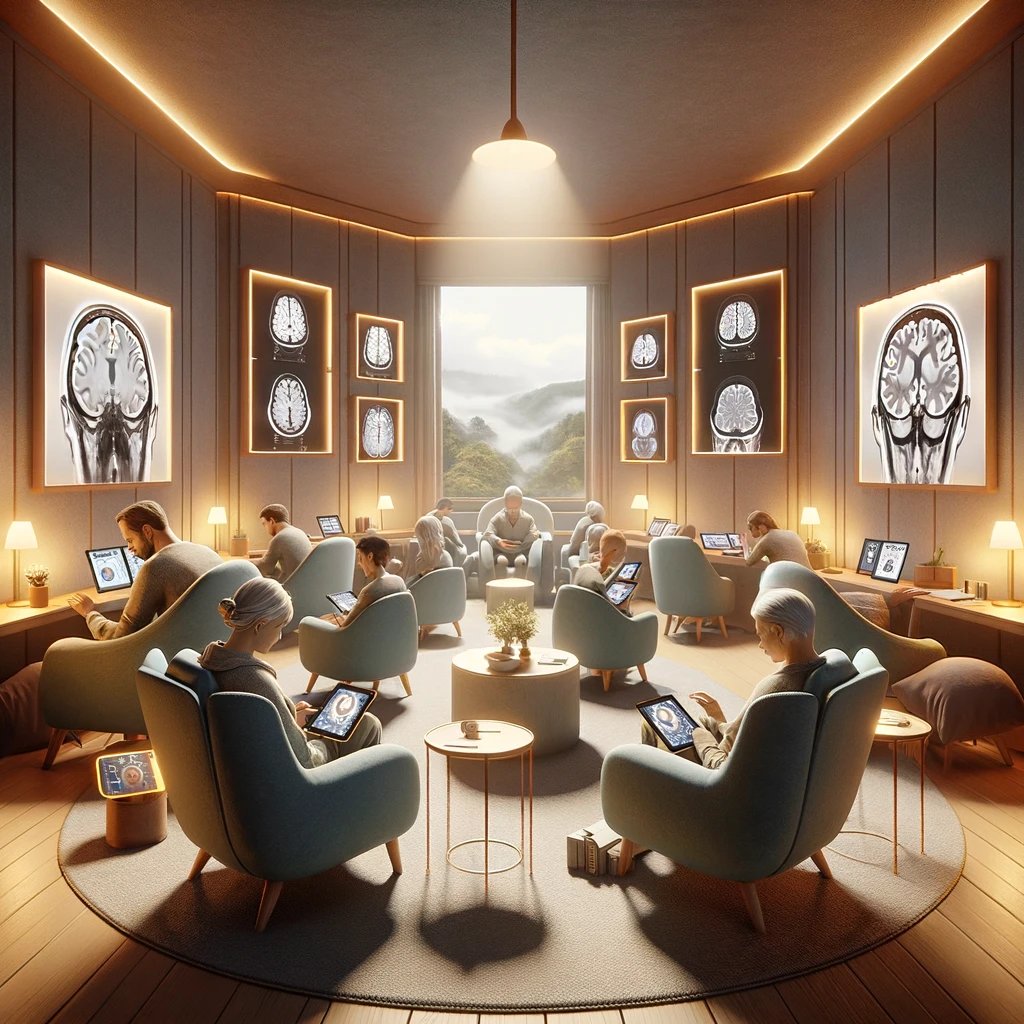Discovering the Best Way to Learn Radiology: Beyond Traditional Lectures

The journey to mastering radiology often begins in lecture halls, where the blend of text and illustrative images is our primary toolkit. A typical scenario, such as diagnosing a knee injury, unfolds through discussions on incidence, clinical findings, and radiology's pivotal role in unveiling the nuances of conditions like a ramp lesion of the meniscus. Yet, this traditional approach, heavily reliant on PowerPoint presentations, inherently lacks the dynamism of real-world challenges.
High-quality images, while visually appealing, seldom mirror the complexities encountered in daily practice, leaving many practitioners grappling with the nuances of sensitivity, specificity, and interpretation of studies marred by artefacts and ambiguous findings.
Bridging the Educational Gap in Radiology
The transition from a static MR image on a presentation slide to navigating the multifaceted landscape of a live study with multiple sequences signifies a notable educational chasm. The essence of practical learning in radiology transcends the confines of lectures, demanding a more holistic approach encompassing mentoring and hands-on experience. Pär Kragsterman eloquently addresses this need to shift towards online case-based learning as the future of radiology education, a narrative that underscores the importance of real-life training.
The Unparalleled Value of Mentorship
Adding a personal dimension to Kragsterman's insights, the pivotal role of mentorship emerges as a cornerstone of learning. The opportunity to delve into real cases, under the guidance of seasoned professionals, offers an unparalleled learning experience. Esteemed mentors like Christoph Agten, Imran Lasker and Marlena Jbara exemplify this approach, leveraging platforms such as Collective Minds to foster a nurturing educational environment through video tutorials and direct student engagement. Similarly, the TMC Academy in Barcelona showcases an integrated model of education, blending PowerPoint lectures with practical case studies under the tutelage of expert lecturers.
This comprehensive approach to learning, which harmoniously blends lectures, real-life case studies, and mentorship, represents the best way to learn radiology. It addresses the inherent limitations of traditional educational methods and prepares learners to navigate the complexities of radiology with confidence and expertise. As the landscape of radiology education evolves, it's imperative to recognize the multifaceted nature of acquiring knowledge and embracing the advancements and opportunities beyond the lecture halls.
Embracing the Future of Radiology Learning
In conclusion, while radiology congresses and traditional lectures offer valuable insights, the essence of learning radiology effectively lies in embracing a more interactive and practical approach. The future of radiology education beckons a shift towards real-life case studies, complemented by the invaluable guidance of mentors, paving the way for a more comprehensive and immersive learning experience. As we explore the best ways to learn radiology, let us remain open to the evolving educational paradigms that promise to enrich our understanding and proficiency in this dynamic field.
Reviewed by: Pär Kragsterman on September 22, 2024




